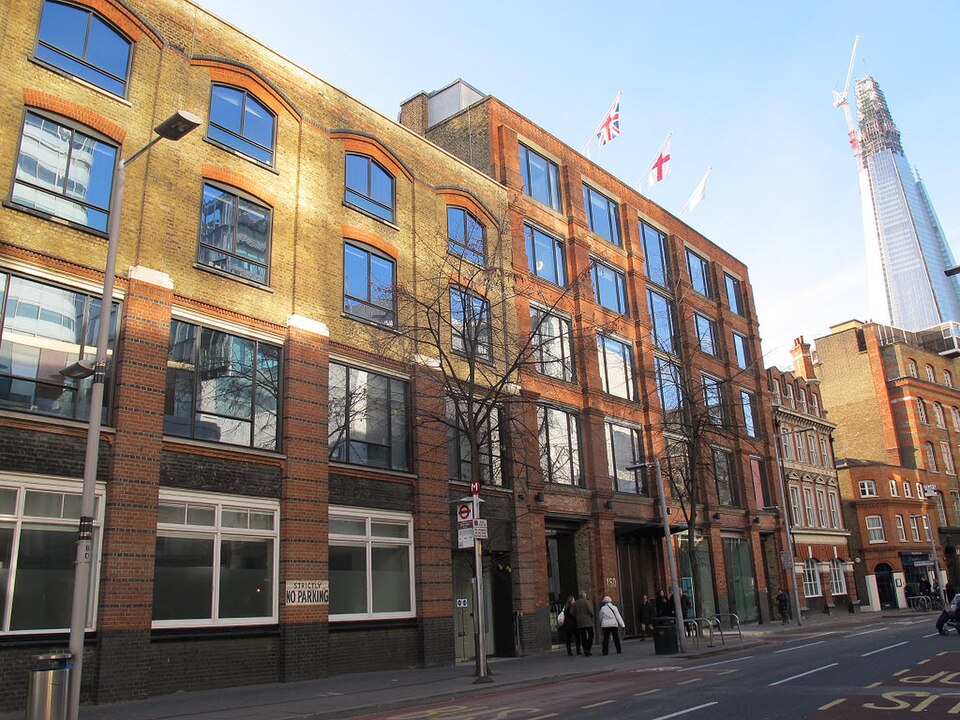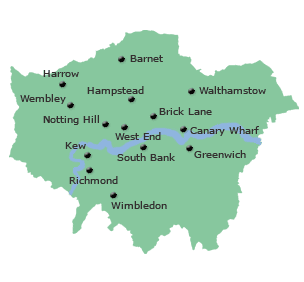
Southwark has seen a sharp rise in child homelessness, with new figures showing nearly 3,500 children in the borough are now living in temporary accommodation (TA). That’s a 77% jump
since 2020—far higher than the 25% rise seen across England during the same period.
To put it into perspective, the New Economics Foundation (NEF) report says there’s now “a classroom worth of homeless children” for every single primary school in Southwark.
The impact on children
Hollie Wright, author of the Nowhere to Grow report, explained that children in temporary accommodation face huge challenges: poor mental health, malnutrition, disrupted schooling, and long-term emotional harm.
She shared one striking story: a mother whose daughter had to do her homework on a toilet seat because the family was crammed into one small room.
In another case, a child developed severe agoraphobia after spending more than a year confined with their family in a single space.
“These children are being swept into homelessness, and it’s causing trauma that could affect them for life,” Ms Wright said.
Families are often placed in B\&Bs or short-term rentals far from home, meaning long commutes to school or being forced to change schools altogether. Overcrowded, poor-quality housing—with damp, mould, and even dangerous wiring—only adds to the stress.
Southwark Council’s response
The council says it is trying to tackle the crisis “head-on.” A spokesperson pointed out that Southwark has built or started work on more than 3,000 council homes since 2013—more than anywhere else in England.
They added that in 2024–25, the borough managed to prevent homelessness in 72% of cases where early support was provided. Southwark’s new Homelessness and Rough Sleeping Strategy (2025–2030) also aims to address root causes through earlier intervention.
Still, the council admits it is battling the effects of the national housing shortage.
Bigger than Southwark
Ms Wright stressed that the issue extends far beyond Southwark. Across the country, councils are spending billions (£2.3bn in 2023–24 alone) on temporary accommodation—often paying landlords premium prices for substandard housing.
She also warned that children are “falling through the cracks” because schools, healthcare services, and social care aren’t always sharing vital information when families are placed in TA.
Her recommendations include:
- “duty to communicate” between housing, health, and social care services.
- dedicated role or team within councils to support families navigating the system.
A call for more affordable housing
London Councils, which represents the capital’s boroughs, echoed the call for action, highlighting that more than 24,000 council-led homes have been built since 2018—but far more are needed to tackle the housing crisis. Photo by Stephen Craven, Wikimedia commons.




































